How To Increase THC In Cannabis: Proven Methods And Dangerous Myths
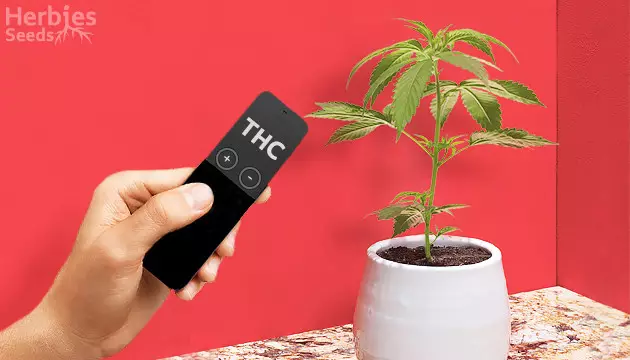
One of the primary goals of recreational cannabis growers is to increase THC levels in their crops. Some medical growers also want high THC content to make their weed suitable for several medical applications. The good news is there are things you can do before, during and after growing your crop to encourage heightened THC production. This article discusses how to increase THC levels with some tested methods, as well as some with unknown effectiveness. Read on to get these tips and tricks to make your weed stronger in THC.
Why Do You Need More THC?
You may be asking, “why is it important to make my weed stronger?”
There are many different reasons why you as a cannabis grower may want to increase the level of THC in your plants. Some growers do it for medical purposes, while others do it for the high. The most common reasons for boosting your crop’s THC content are to:
- Achieve greater psychoactive effects from the same amount of cannabis.
- Gain extra relief from certain types of pain, nausea, spasticity, multiple sclerosis, etc.
Proven Methods Of Increasing THC In Cannabis
So, how can you increase the potency of your weed? If you’re serious about increasing the THC levels in your cannabis plants, you can try out the following science-backed methods.
Pick THC-Rich Genetics
The genetics you pick to grow your weed play a crucial role in the final THC levels. Genes set the upper limit as to how much THC you can expect from your crop. Although there are grow methods to maximize THC content, you can’t exceed the limit set by plant genetics and strains you choose. So, to get the maximum THC, it’s good to begin with high-potency, high-THC genes. Put simply, pick the right seed – for example, Original Sensible Seeds’ Bruce Banner #3 or Royal Queen Seeds’ Hulkberry can both produce a whopping 28% THC.
Harvest On Time
There is a 3-week window at the end of the flowering stage to harvest your plants with confidence. Harvest too early, and you’ll lose the potential of your crop. Harvest too late, and some strains’ THC turns into CBN, the less desirable cannabinoid.
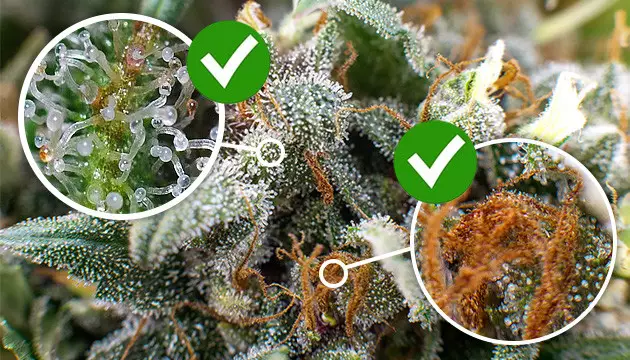
During the last 2-3 weeks at the flowering stage, the trichomes first become milky white and then amber, the pistils become reddish/brown, and buds have the highest levels of THC.
Your crop is ready for harvest when:
- Flowers are sticky when touched
- About 70% of pistils are curled inward
- Flowers merge into large colas
- There is an intense smell from the plant
Harvesting at the right time is one of the main answers to how to get the most out of weed!
Maintain A Healthy Plant
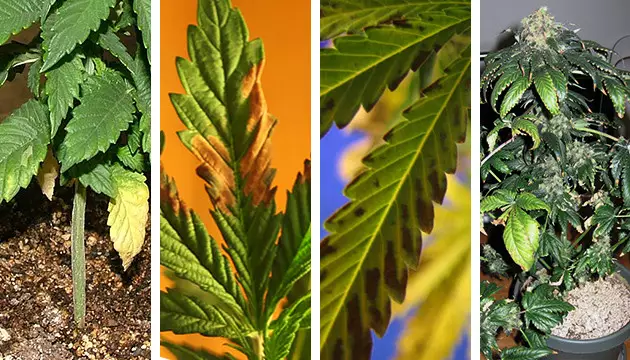
You can make your plants rich in THC by ensuring a robust, healthy crop with lots of buds. Avoid mistakes like heat stress, underwatering or overwatering, nutrition deficiencies, root issues and so on – all of these are detrimental to the quality of the final product. Get your crop under direct light while avoiding environmental extremes, and use the following signs to judge the health of your plants:
- Yellow leaves indicate heat stress, over-fertilization or nutrient deficiencies.
- A ‘burned’ appearance on leaves or buds could be a sign of too much light.
- Mottled brown spots potentially indicate manganese deficiency.
- Dark green leaves with the tips turned down point to nitrogen toxicity.
- Bites or spots indicate the existence of pests.
As soon as you see any of these problem indicators, take action quickly and help your crop regain health promptly. For the full guide on symptoms in cannabis, check out our article.
Provide Enough Light
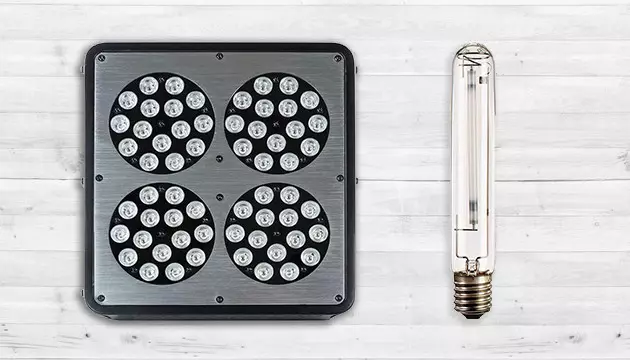
Although weed can grow in low light conditions, providing bright light in the flowering stage will make the buds bigger, stronger and more powerful. Bright grow light like a powerful HID or LED is one of the main answers to how to make buds more potent.
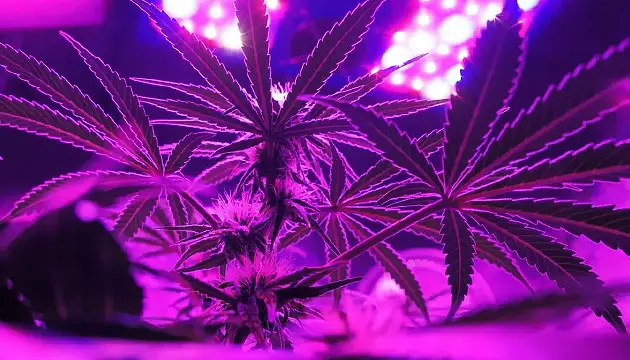
To increase THC, you can give your plant extra UV light. The highest THC Sativas are found around the equator, while the most potent Indicas come from the southern mountain areas. The thing these geographical locations have in common is that they’re exposed to the sun more, giving greater exposure to UV light. It’s therefore suggested that UV light is suitable for high THC levels in your cannabis plants.
The issue of grow lights is a complicated topic, but you can find a full guide to it on Herbies’ blog.
Proper Drying And Curing
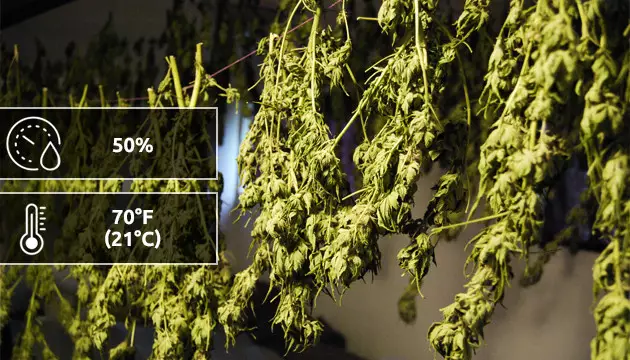
Another tip for growing extra-potent marijuana is, after harvest, to cut down the plant, trim extra leaves and hang the buds to dry. Do so at a room temperature of 70° Fahrenheit (21° C) and 50% humidity. Once dried, you can cure your herb.
Many studies suggest that the curing process increases the potency of buds. Curing cannabis buds in airtight glass jars can intensify the effects of cannabinoids, including THC, and make smoking much smoother! We’ve prepared a whole article on drying and curing so you can be sure to do so properly – check it out here.
Unproven Methods That Might (Possibly) Work
There is some anecdotal evidence supporting other ways in which growers increase THC levels in their crops. There’s not enough evidence to scientifically support how these methods work and if they really do increase THC, but you can still try them out, as they’re generally not dangerous to the plant.
Special Supplements
Many supplements are available on the market that claim to increase the THC levels in your cannabis. However, at this time, no manufacturer can show definitive proof that their supplements actually increase THC.
Longer Vegetative Stage
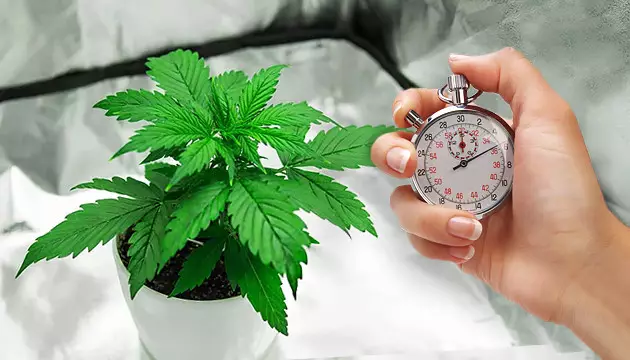
Many growers believe that when cannabis plants remain in the vegetative stage for 8 weeks or longer before flowering, it can lead to maximized THC levels. This could be possible, but there’s no evidence that longer vegetation is the one factor responsible for the improvements – there might be other factors at play, such as powerful grow lights or better general care.
Specific Type Of Grow Lights
How can resin production be increased in a cannabis garden? Growers often believe that using specific lights leads to increased resin production. Some suggest that LED or LEC grow lights with full light spectrum may increase resin production and THC levels. On the other hand, some growers believe that HPS grow lights can lead to increased THC levels in cannabis plants. Both types of lights might be effective, and LED is known to be a cost-saving alternative to HPS and HIP lights. However, while they’ve proven to be great for increased yields, it’s still unclear whether any specific types of grow lights increase levels of THC.
Special Flushing

Do you experience an unpleasant smell or flavor when smoking your weed? This might be a sign that minerals and nutrients used during growth are still present in the bud because you skipped flushing.
Flushing removes these remaining nutrients and improves your weed experience. What’s more, flushing your cannabis crop is easy! Just stop using fertilizers and instead, water regularly starting a couple of weeks before harvest.
Growers believe that some flushes, in addition to regular flushing before harvest, can increase THC levels in cannabis plants. Unfortunately, there are no tests determining which flushes work, although some growers still swear by these methods.
Increased Stress Levels
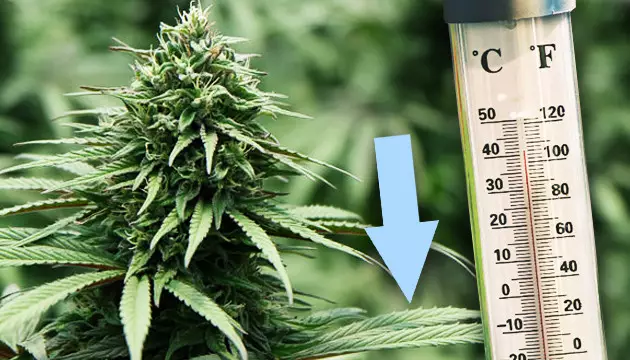
Stressing the plants by decreasing humidity levels or lowering temperatures by 15°C (59°F) a couple of nights before harvest can induce the plant’s progress by encouraging a defensive response. The threat may increase resin production before harvest, further leading to higher THC levels in your cannabis buds.
Methods That Won't Work
Some growers use other methods that they believe will help increase the THC content in their cannabis. However, in reality, these methods may hurt your crop by compromising the cannabinoids. Learning about these myths and avoiding them is important to yielding cannabis with desirable THC levels.
Watering with LSD, Juice Or Soda

Some growers have a misconception that watering plants with juice, LSD or carbonated water will encourage plants to grow faster and have increased potency. However, there is no study that says LSD, juice or soda can lead to high levels of THC in the cannabis plant. First of all, if you do this, you’re just wasting materials. Second, these liquids may feed harmful bacteria and fungus, which will lead to further problems.
Not Watering The Plant
There’s a dangerous myth that connects not watering your plant with increased THC levels. This is simply not true; cannabis plants need plenty of water, which helps dissolve minerals and nutrients and cools down the plants. Water is the basis of photosynthesis, and it fills up cells to keep the plants structurally sound. Over and underwatering are, obviously, harmful to any plant, including marijuana, but not watering a plant at all can be deadly to your crop!
Boiling The Roots
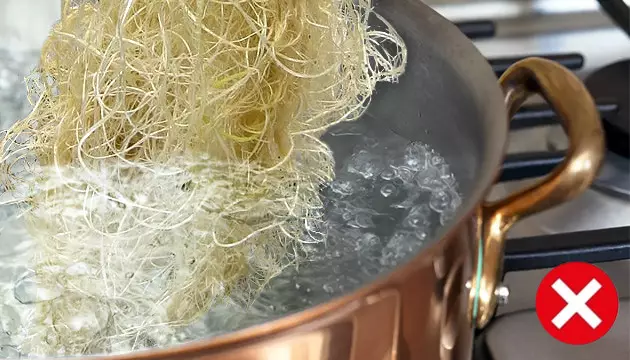
Some say that boiling cannabis roots for 10 minutes and then drying them out works wonders for the overall quality of the product. This is false, especially when it comes to increasing THC levels in your plants. THC is in the resin, which is, in turn, in the buds, so pulling the plant out and boiling the root is completely pointless.
Potency To The Max
How can you make your weed potent? Choosing the right genetics, providing optimal lighting, taking good care of your plant and harvesting at the right time are some of the most important steps to increase the THC potential of your buds. Follow the proven methods discussed above and avoid myths and practices that could be dangerous to your plant. Most of the unknown methods listed here won’t hurt your crop, so you can try these out without fear of compromising yield size or overall quality. Do you have your own personal secrets to increased THC levels? Help fellow growers out and share them in the comments below!
Herbies Head Shop expressly refuses to support the use, production, or supply of illegal substances. For more details read our Legal Disclaimer.




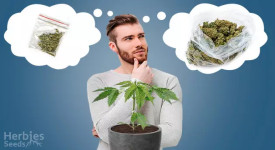


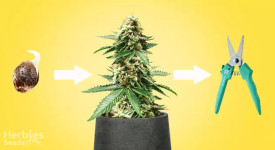

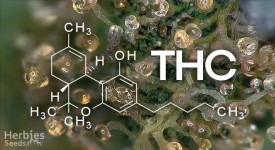
Thank you for leaving a comment for us!
Your feedback will be posted shortly after our moderator checks it.
Please note that we don’t publish reviews that: